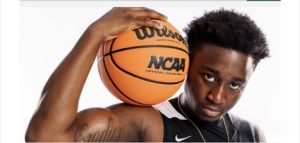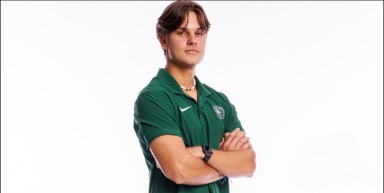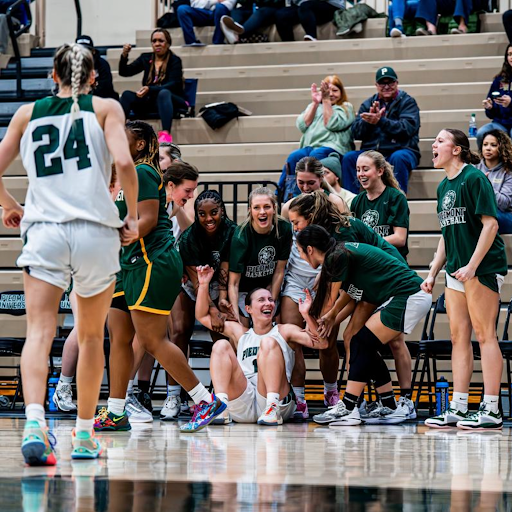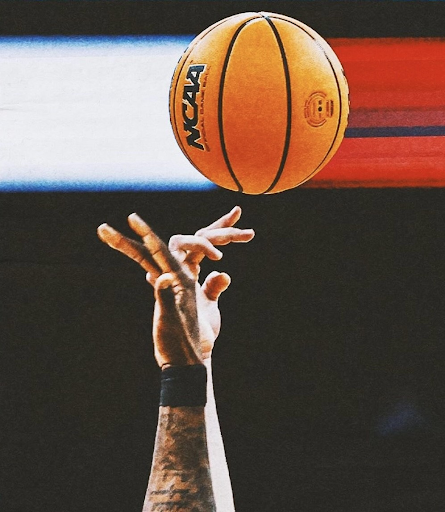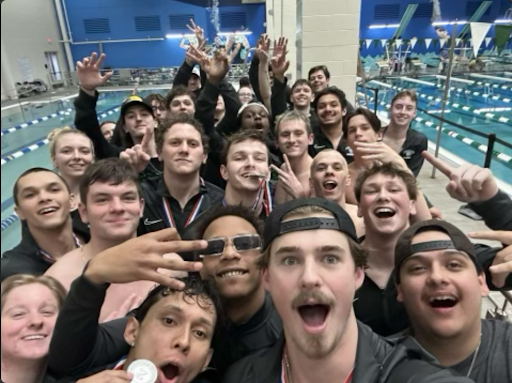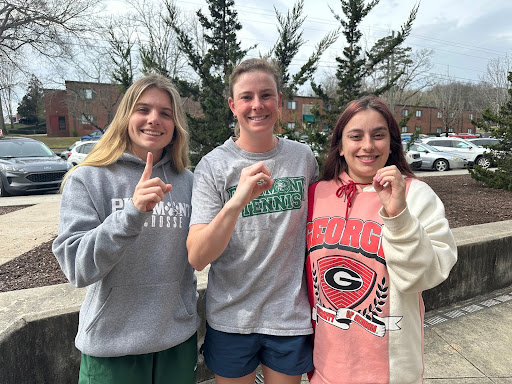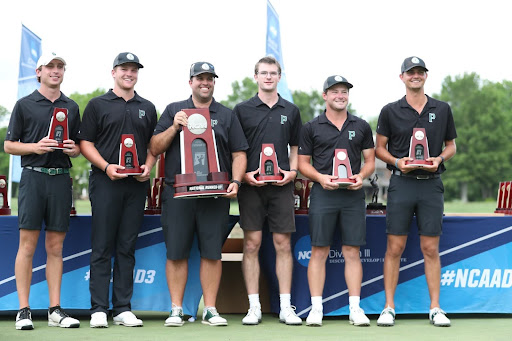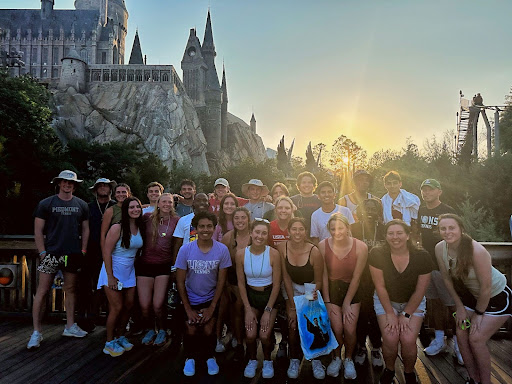By HILLARY KELLEY
A&E Editor
Helmets, shin guards, mouth guards and protective padding all stand in defense of an athlete’s safety.
But, sometimes that’s just not enough. When an athlete faces injury on or off the fields and courts he or she can be facing more than just physical pain.
Time away from his or her sport, or even the end of a career in sports all together, could be the fate of an injured player.
Unfortunately, Piedmont students are not invincible.
Nathan Marett, a sophomore criminal justice major, came to Piedmont as a walk-on for the baseball team.
However, a shoulder injury he acquired his junior year of high school left him unable to play.
Marett had been playing baseball since age five, and, with a competitive nature that only come from years in sports, he decided to ignore the doctor’s orders.
“They were telling me I shouldn’t play and I was going to prove them wrong,” said Marett.
“I ended up hurting myself worse [by] playing anyway.”
According to Marett, he didn’t undergo any physical therapy outside of working with his father, who is an athletic trainer.
Marett plans to try out for Piedmont’s baseball team next fall.
Sophomore mass communications major Matt Brown also suffered an injury in high school that has affected his ability to play lacrosse for Piedmont.
Brown’s back injury occurred his sophomore year of high school as a result of extensive weightlifting.
At first, he didn’t realize anything was serious, so he sat out of a few football practices.
According to Brown, he got back to his normal routine quickly, but has had back pain ever since.
“When fall season [for lacrosse] came around this year, we started conditioning, and my lower right back and right leg just had no strength and it started hurting really bad,” said Brown.
He was then was referred Dr. Stuart Sanders, who set up a MRI for Brown.
The MRI revealed Brown has slight tears in the L4, L5 and S1 discs of his back.
He was referred to a neurosurgeon as well and had two injections set up for his leg and to heal the tears in his discs.
“When I got news that I was not going be able to play until spring, I was pretty upset,” said Brown.
“I really want to contribute to my team [and] I know that I have a lot to prove because I am a walk-on.”
Brown has been spending his down time watching videos and getting acquainted with his slide packages until the day he is cleared to play lacrosse.
Some injuries that halt a player’s career can happen out of the blue.
Salima Greig, a sophomore criminal justice major who had played soccer in high school, obtained an Achilles tendon and ankle sprain after falling off of a sidewalk while running.
Greig, fit with a boot, could not run or participate in lacrosse practice for the entire summer.
The boot came off a week before school started this semester, but Greig still has to heal.
“It does hurt me to just sit there and watch them practice, but I know that it will take time to get better, and that when it does get better that I need to put forward my best effort and not be disappointed when I make mistakes,” said Greig.
“But the great thing is that [my teammates] are a great support system when you need them and [are] always there to help.”
Whether an injury can be avoided or not, many things are out of the athlete’s control.
Sometimes the only way to make it through comes down to the individual’s own drive.



